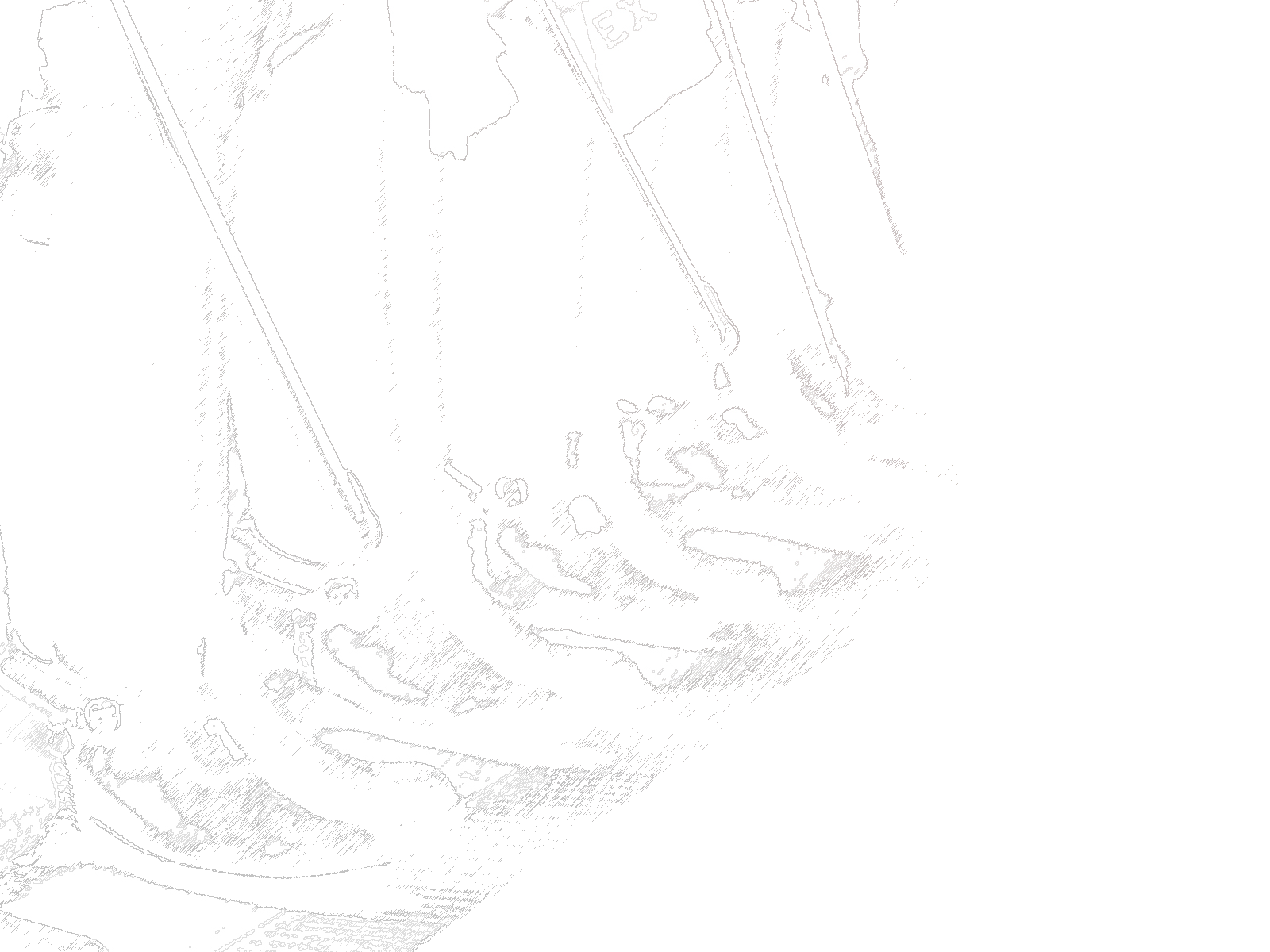As I mentioned in my column earlier this week, allowing school staff members to arm themselves is not an untrodden path. Many schools are already doing it.
The laws of many states already provide that school boards or administrators may authorize specific staff members to be armed. In Colorado, we work to ensure such personnel are very well trained.
After the murder of 20 children and six adults at Sandy Hook Elementary School in 2012, the Buckeye Firearms Foundation in Ohio founded “FASTER Saves Lives,” a training program specifically designed for armed school staff. (That stands for Faculty/Administrator Safety Training and Emergency Response.)
It has trained more than 1,300 Ohio school staffers in hundreds of schools in the past five years. In 2017, Coloradans for Civil Liberties brought FASTER training to their state. The Ohio and Colorado programs both raise private money to provide the school districts with training at no cost.
The key is meeting force with force as quickly as possible.
At least six school shootings have been halted by swift armed defenders: Pearl, Miss. (1997, assistant principal); Edinboro, Pa. (1998, restaurant owner hosting junior high school dance); Santee High School, Calif. (2001, off-duty officer dropping his child off at school); Appalachian School of Law, Va. (2002, law students with law enforcement background); Sullivan Central High School, Tenn. (2010, law enforcement officer), and Arapahoe High School, Colo. (2013, sheriff’s deputy on duty at the school).
Rural schools are typically the first to arm staff. That makes sense. They may be a half an hour or more from any possible law enforcement response to campus, and in any defensive situation, seconds count.
According to an analysis by Ron Borsch of the Southeast Area Law Enforcement Task Force in Ohio, for mass-casualty events using a firearm, one person is shot on average every 17 seconds.
Most, though not all, mass shooters kill themselves the moment they are confronted by an armed defender; that’s according to a study reported by the Force Science Research Center at Minnesota State University-Mankato . The difference between an armed response that takes 30 seconds and one that takes five minutes is a matter of life and death.

